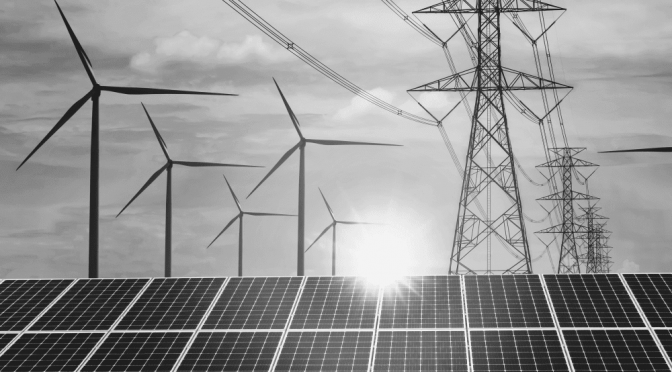Renewable energy capacity must triple by 2030 to meet the climate goals set out in the Paris Agreement. This means that solar photovoltaic (PV) and wind power will need to be the main drivers of this growth. India has already made significant progress in increasing its solar capacity, increasing it 35-fold in recent years. Furthermore, India is expected to be one of the key markets for the expansion of offshore wind energy in the coming years.
In addition to increasing renewable energy capacity, it is crucial to reduce energy consumption in all sectors of the economy. This can be achieved through the use of more efficient technologies and changes in consumer behavior. Moving from private cars to public transport, adopting circular economy principles and improving building insulation are just a few examples of the changes that need to be made.
Infrastructure also needs to be improved and expanded to accommodate the rapid expansion of renewable energy sources. This includes improving power grids and modernizing power system operations. India is already taking steps in this direction by investing in energy storage and introducing flexible sources such as green hydrogen.
Enabling policies and government intervention are essential to achieve renewable energy goals. Governments must create comprehensive and coordinated policies that encourage the adoption of renewable energy. This includes ambitious public investments, specific implementation policies for different technologies and a global policy framework.
Finally, it is important to ensure that the benefits of the energy transition are distributed fairly and equitably. Scaling up renewable energy can create new jobs and improve public health, but it can also present challenges. Policies are needed to address these challenges and increase public awareness of the benefits of renewable energy.
With increased investment and implementation of these strategies, it is possible to achieve the renewable energy goals set for 2030. India, in particular, has the potential to become a leader in the adoption of renewable energy and contribute significantly to global climate action .
Frequently asked questions
- What is the top priority for achieving renewable energy goals?
The top priority for achieving renewable energy goals is to focus on solar photovoltaics (PV) and wind energy, as these are the two main sources that can drive significant growth in renewable energy capacity.
- How can energy consumption be reduced?
Energy consumption can be reduced by using more efficient technologies and making changes in consumer behavior. This includes moving from private cars to public transport, adopting circular economy principles and improving building insulation.
- How should infrastructure be improved?
Infrastructure needs to be improved by modernizing power grids and power system operations to accommodate the rapid expansion of renewable energy sources. This includes investing in energy storage and introducing flexible sources such as green hydrogen.
- What role do governments play in achieving renewable energy goals?
Governments play a critical role in achieving renewable energy goals by creating enabling policies and taking an active role in shaping and guiding the energy transition. This includes making ambitious public investments and implementing comprehensive policies that encourage the adoption of renewable energy.
- How can the benefits of the energy transition be shared equitably?
The benefits of the energy transition can be shared equitably by implementing policies that ensure fair distribution of benefits and by raising public awareness about the advantages of renewable energy. This may include measures such as employment services, community benefits schemes and industrial sponsorship of critical infrastructure.
- How can investment in renewable energy be increased?
Investment in renewable energy can be increased by expanding public financing, especially for less mature technologies and areas with limited private investment. Furthermore, innovative financing models and mechanisms for effective capital mobilization are needed to attract more investments in renewable energy projects.


